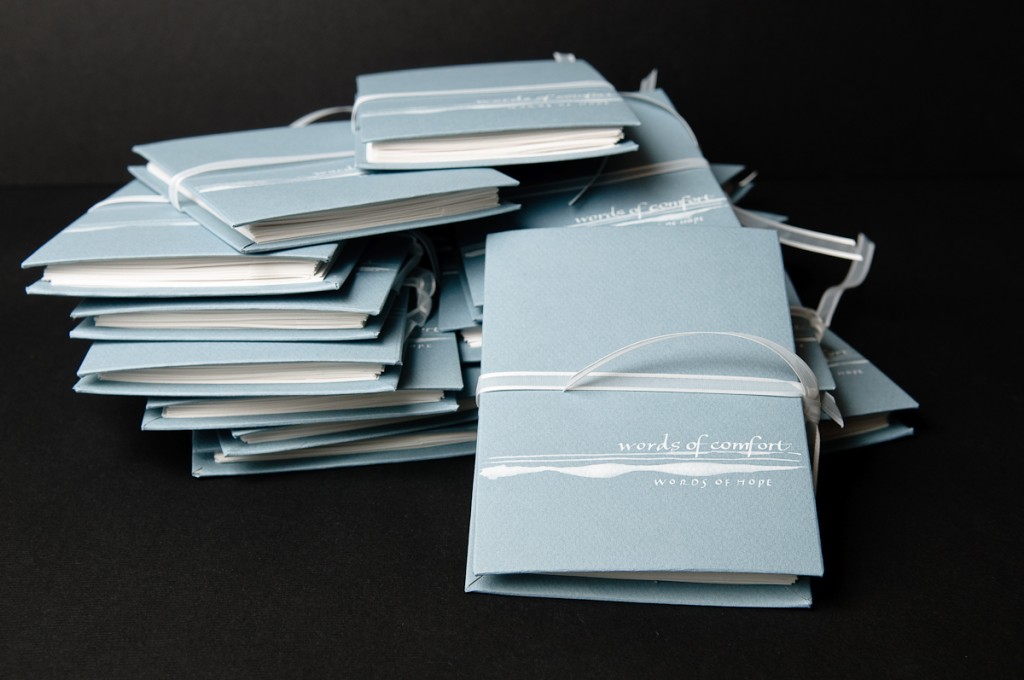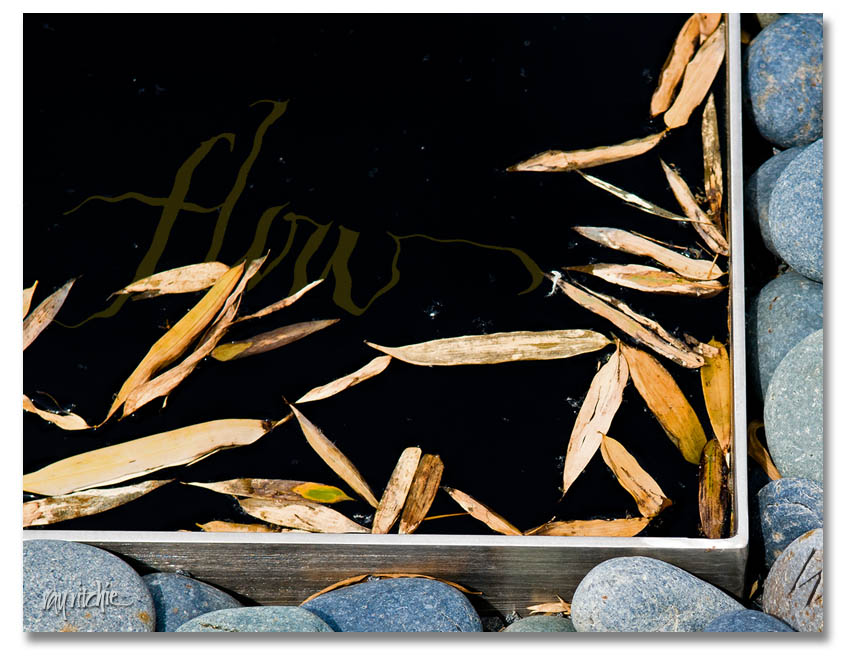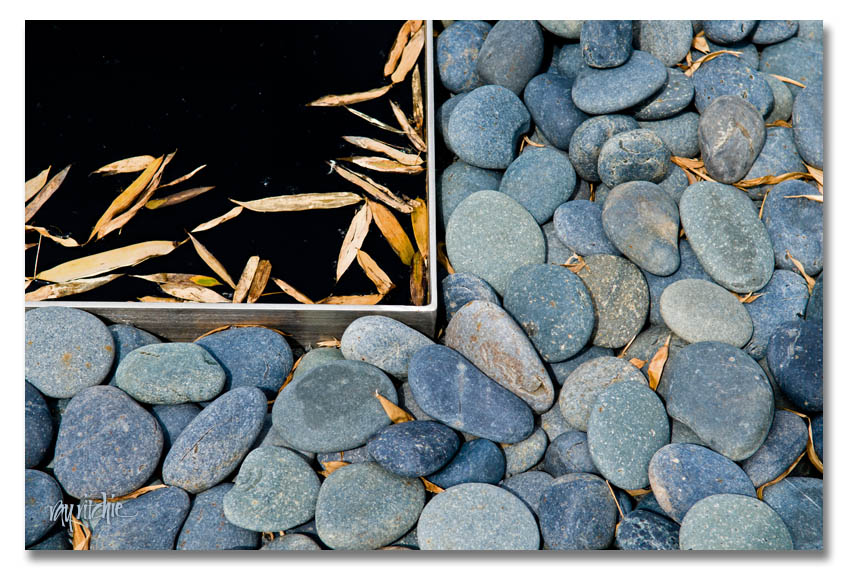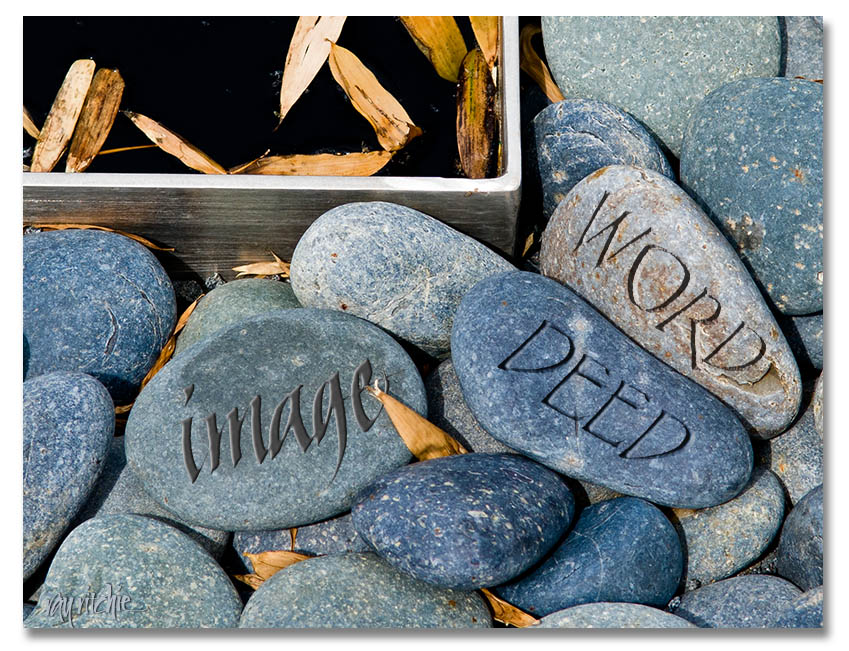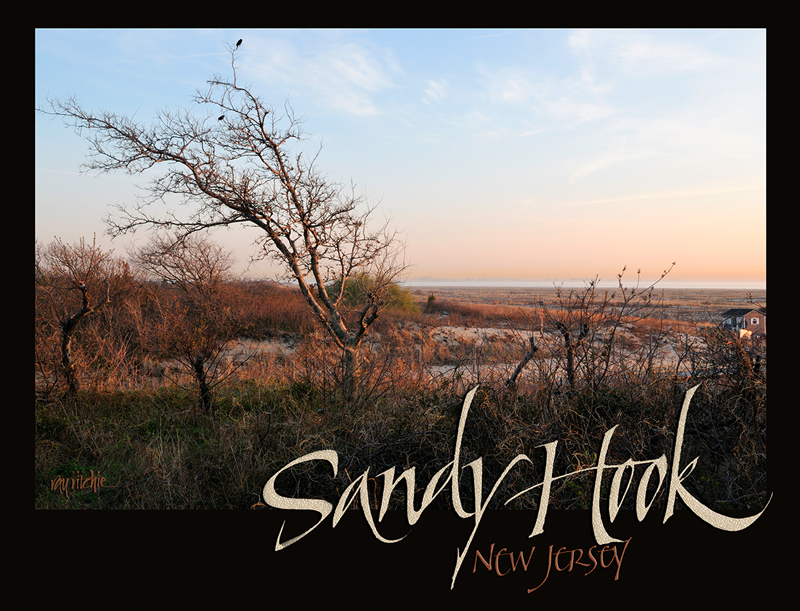I’m planning to talk about lettering, calligraphy, graphic design, and photography in this blog, so that begs the question “What’s the difference between lettering and calligraphy?” The distinction between the two isn’t always a bright line, but for most of my purposes, I usually say that calligraphy is written (by hand, of course), while “lettering” is a broader category including letters that are drawn and, in some cases, heavily retouched, either by hand or with the assistance of computer software such as Photoshop or Adobe Illustrator. “Calligraphy” means “beautiful writing,” according to its Greek origins. The notion of “beautiful” is of course open to debate, but to me, “writing” means that I make calligraphic letters with a sequence of strokes of a pen or a brush that allows me to construct each letter fairly quickly. But if I then scan that calligraphy, touch it up in Photoshop, and convert it to a vector graphic form so that I can enlarge it, distort it, and otherwise manipulate the letters, I’d say I’m getting into “lettering.”
Lettering may also just be letters drawn with a pencil, or letters drawn and then inked, or any number of other variations. Lettering may also get into font design, although that’s not currently one of my involvements.
Does any of this really matter? Only to the extent that it matters whether we understand each other. I’m not a purist about any of this. I have done a lot of studying of calligraphy and lettering and taken many workshops with some of the finest calligraphic and lettering artists in the world, but I don’t feel a strong need to put myself in a particular category. I just like creating designs that feature letters, and I usually try to make those letters unique and personal. Unless there’s a specific design reason for the letters to conform to a model, I don’t usually try to make my letters exactly like anyone else’s.
I’ll try to show more examples of personal lettering and calligraphy in some of the following posts.

